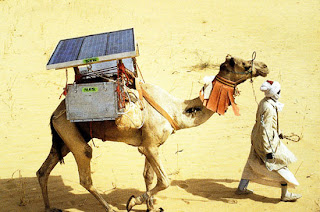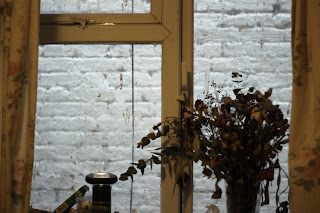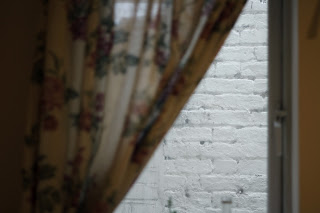The two ideas I am currently working on regarding the website/app task is to make a game for an app.
ONE
The first idea is roughly sketched above, I am working on the visuals in Photoshop. The app will cost the user about £5 to buy and is for ipads and iphones. There are 50 levels and in each the task is the protect the crops/grass from acid rain (purple clouds) and move the clouds out the way so that as much sunlight as possible reaches the ground. The grass will have to grow to a certain point, say, 20cm (left) and a certain level of light must be absorbed (right panel) before passing to the next level.
I'm thinking the user is growing crops for a farmer so when they pass a level, they get 10p back, as if they were being paid for good work. This 10p will go towards a charity such as Solar Aid
http://www.solar-aid.org/
The incentive will be that the player wants all their £5 to reach the charity so will aim to pass all levels.
TWO
A similar idea involving moving clouds and pollution out the way would show solar panels on a house. The purpose of this game too is to allow as much sun as possible to get through to the solar panels on the house. Things could fall from the sky like some kind of bomb and the user has to drag them away before they destroy the panels. (Panels work in a circuit so it would be game over if one was smashed). The pricing system would be the same as above.
This reminds me of the Sims which I love playing when I was younger. I looked into if there were any eco features of Sims houses today and found they now to solar panels and electric cars.
More plans/visuals to follow soon.

















































